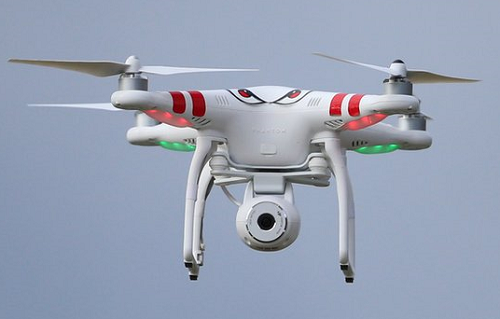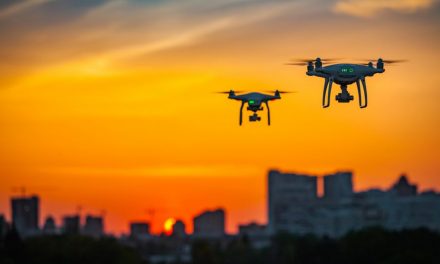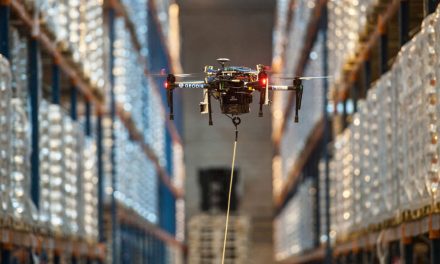
FAA finalises commercial drone rules

The US Department of Transportation’s (DOT) Federal Aviation Administration (FAA) has finalized the first operational rules for routine commercial use of small unmanned aircraft systems (UAS or “drones”). The new rule, which will take effect in late August, applies to unmanned aircraft drones weighing less than 55 pounds that are conducting “non-hobbyist” operations.
In a statement issued by the DOT yesterday (21 June), US Transportation Secretary Anthony Foxx was quoted as saying: “We are part of a new era in aviation, and the potential for unmanned aircraft will make it safer and easier to do certain jobs, gather information, and deploy disaster relief.
“We look forward to working with the aviation community to support innovation, while maintaining our standards as the safest and most complex airspace in the world.”
The rule’s regulations, which primarily aim to minimise risks to other aircraft and people and property on the ground, will require pilots to keep an unmanned aircraft within visual line of sight. Operations are allowed during daylight and during twilight if the drone has anti-collision lights. The new regulations also address height and speed restrictions and other operational limits, such as prohibiting flights over unprotected people on the ground who aren’t directly participating in the UAS operation.
Under the final rule, the person actually flying a drone must be at least 16 years old and have a remote pilot certificate with a small UAS rating, or be directly supervised by someone with such a certificate. To qualify for a remote pilot certificate, an individual must either pass an initial aeronautical knowledge test at an FAA-approved knowledge testing center or have an existing non-student Part 61 pilot certificate. If qualifying under the latter provision, a pilot must have completed a flight review in the previous 24 months and must take a UAS online training course provided by the FAA. The TSA will conduct a security background check of all remote pilot applications prior to issuance of a certificate.
According to the DOT statement: “Operators are responsible for ensuring a drone is safe before flying, but the FAA is not requiring small UAS to comply with current agency airworthiness standards or aircraft certification. Instead, the remote pilot will simply have to perform a preflight visual and operational check of the small UAS to ensure that safety-pertinent systems are functioning property. This includes checking the communications link between the control station and the UAS.”
The FAA will offer a process to waive some restrictions if an operator can prove the proposed flight will be conducted safely under a waiver. The DOT added that: “The FAA will make an online portal available to apply for these waivers in the months ahead.”
The FAA Administrator Michael Huerta commented: “With this new rule, we are taking a careful and deliberate approach that balances the need to deploy this new technology with the FAA’s mission to protect public safety.
“But this is just our first step. We’re already working on additional rules that will expand the range of operations.”
The response to the FAA rule from the drone industry has so far been positive. Flirtey – which completed the first FAA-approved drone delivery and the first fully autonomous drone delivery in an urban setting – said it was “a step in the right direction”. However, Flirtey added that it was “only one step” and the FAA needs to press ahead for “more progressive rules” that will allow for “a tier of companies with the strongest track records” to use drones to “fly over people and beyond the line of sight”.













